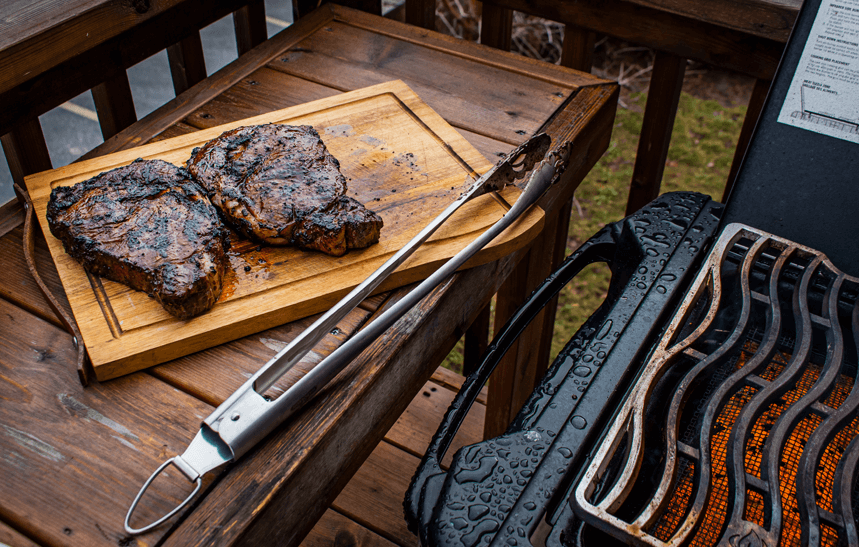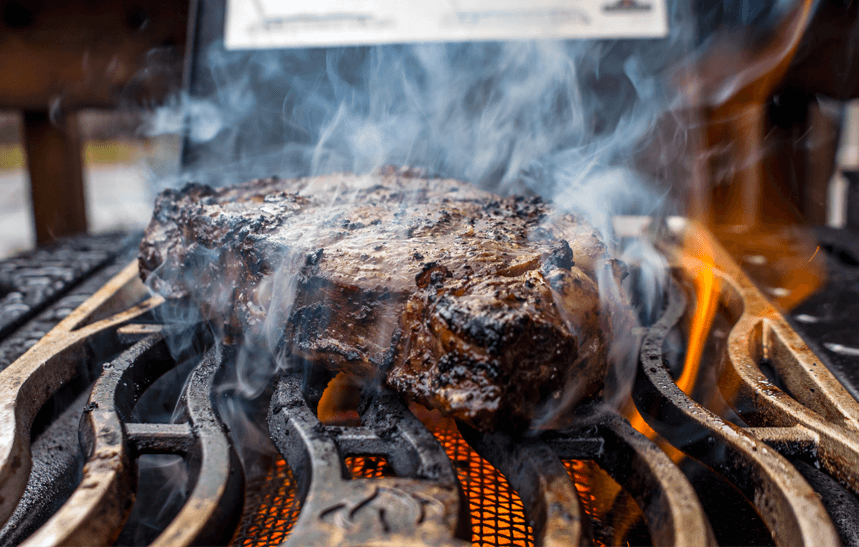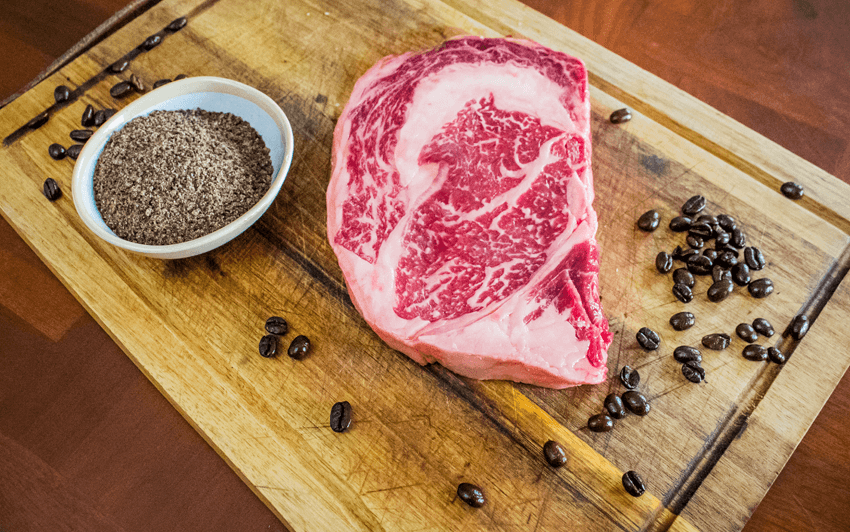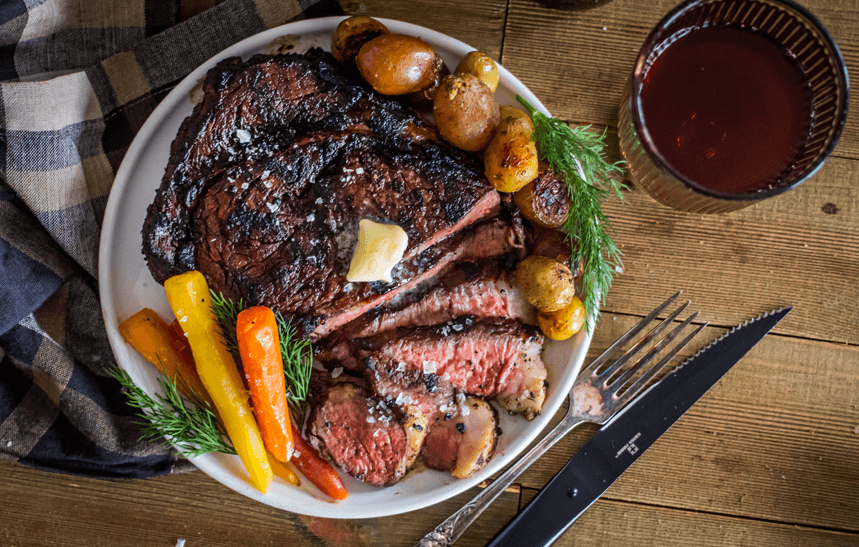
Why You Should Never Cook A Steak Past Medium
As a passionate BBQ master, you understand that there is an art to crafting the perfect steak on the BBQ. Each time, you meticulously select the finest cuts, eagerly anticipating a delightful meal. However, there's always that one person in the group—a family member or friend—who requests their steak to be well done, leaving everyone stunned into silence. Instead of reacting with frustration or annoyance, you can now concisely and calmly explain why it's crucial to Never Cook Steak Past Medium.
What's Wrong with Well Done?
Texture, taste, and time, there are many reasons why you shouldn’t cook a steak past medium when you are barbecuing. Hopefully, the following reasons will help you understand why you should never cook a steak past medium.
1. Scientifically Speaking
Start with the basics: Scientifically, it is a terrible idea to cook a steak past medium. Barbecuing a steak at high temperatures for extended periods will cause the collagen in the muscle fibers of the meat you are cooking to contract like rubber bands. This squeezes the juice out of the meat and leaves the beautiful steak you bought feeling like you’re eating tough old army boots. For more information on how this works, read The (Not So) Secret Techniques to get Tender Beef. Basically, by barbecuing the steak how it is meant to be cooked, up to medium temperature, you are melting the fat and relaxing the collagen, creating a more tender bite of steak.

If the red stuff on the plate is what upsets the person who requested the meal be turned into a hunk of unattractiveness. Reassure your guest that it’s not actually blood on the plate, it’s the delicious juices from the meat, myoglobin and water, to be precise. Blood is removed from the meat during the butchering process. Sure, that super scientific term may not sound much better than blood, but myoglobin is actually a protein found in the muscle fibers of said meat that gives it that red colour. This highly pigmented protein mixes with the water in the steak and you have a lovely red liquid that contains all of the flavour-filled goodness of a perfectly cooked steak.
2. A Rare Look at Health Benefits
Health-wise, it’s actually possibly better for you to eat a steak that is less cooked. Vitamins A and B6 are found in abundance in rare to medium-cooked steak, as well; a steak cooked to perfection is a fantastic source of minerals like iron. These things are essential to the health of your muscles and skin.
Risks of contaminants from rare to medium-cooked steaks are incredibly low, if that is what your inexperienced friend is concerned about. Any meat bought from a reputable source will carry very little risk of salmonella, E.coli, or any other scary ailment associated with undercooked meat. So eating that medium or rare steak isn’t going to make you sick. More to the point, cooking a steak to rare – an internal temperature of 135°F is heating the meat hot enough to kill the bacteria that cause those ailments in the first place.

3. The Art of Steak
The entirety of its lifecycle, from beef to steak this piece of meat has been groomed, cultivated, loved, and cajoled to eventually be cooked to perfection. This process maximizes flavour and texture of the steak. It has literally been designed and produced for this purpose alone. Just like you would never try to rush a brisket, which is designed to be lovingly prepared with a long and slow cook.
The longer a steak is cooked, the less flavour it has. Texture and taste literally evaporate because the oh-so-tasty juices, the pretty red ones mentioned earlier, are dripping and evaporating until there’s nothing left but a hunk of chewy brown meat that you wouldn’t be able to distinguish from a chunk of shoe leather.

On that note, if you were out to dinner at a restaurant and ordered your steak like that, they would likely give you a steak that is older and not really doing so great in the first place. Either way, you’re not likely to be able to taste the difference.
4. There's a Price to Pay
There is a price to pay when ordering an overcooked steak. You may be paying for a hand-carved; dry-aged, top sirloin, but you’re not getting your money’s worth. You won’t taste the loving preparation. You won’t get the freshest cut. That would be like ordering the tuna steak and getting a plate full of canned tuna. Why pay all that money for a good cut only to remove all that makes it worth the money?
There’s also the cost of time. Your time, while you wait for that poor piece of meat to be immolated into nothingness, and the cost of time that you and your table-mates have to wait while your meal is prepared.

If these reasons why you shouldn’t cook a steak past medium aren’t enough to convince the person at your table that that is a terrible idea, then it’s okay. Every person is allowed to have his or her own opinion. Just invite them over for chicken next time.
People Also Asked
Is it okay to Eat Medium Rare Steak?
Steaks cooked to medium rare and even rare are safe to eat because they have been heated through enough to kill the bacteria that cause foodborne illness. Making it to the internal temperature of 135°F (57°C) – medium-rare steak will improve flavour and texture of the steak you are eating for the most part.
Is it okay if Steak is Raw in the Middle?
You should never consume any food that appears raw and that should be cooked to an internal temperature. This could lead to foodborne illness. Steak should be cooked to a minimum internal temperature of 120°F (74°C) for rare, 130°F to 135°F (54°C to 57°C) for medium-rare, and 140-145°F (60°C to 63°C) for medium. Using a digital meat thermometer will help you achieve the best results each time.
Is Medium Steak Undercooked?
No. Medium steak is cooked to a perfectly safe internal temperature of 145°F (63°C) which kills any bacteria while retaining the flavour and texture of your steak. Be careful not to cook the meat much further than this.
Is Leftover Medium Rare Steak Safe?
Yes. As long as safe food handling and storage practices have been maintained, a leftover medium rare steak is perfectly safe to eat for at least 3 days after its initial cook. To reheat without losing too much texture or overcooking it, heat a skillet to medium-high and quickly sear the steak slices. Alternatively, if the steak is still whole, heat your oven or BBQ to medium-low, around 300°F to 350°F (149°C to 177°C). Using a thermometer, warm the steak gently using indirect heat until it reaches a safe internal temperature of 145°F (63°C).
Don't Eat Leather
Keep steak between rare and medium for a juicy, tender good time. And remember, that is not blood on your plate, but juicy goodness. To explore more on why food is cooked a certain way on the BBQ, and what makes it so good, check out our Science of Barbecue series. Keep up to date with the latest recipes, tips and other great barbecuing stuff by following us on Facebook and Instagram.
Until next time, Happy Grilling!

Show us what you are grilling
Join the #NapoleonEats Community on Social